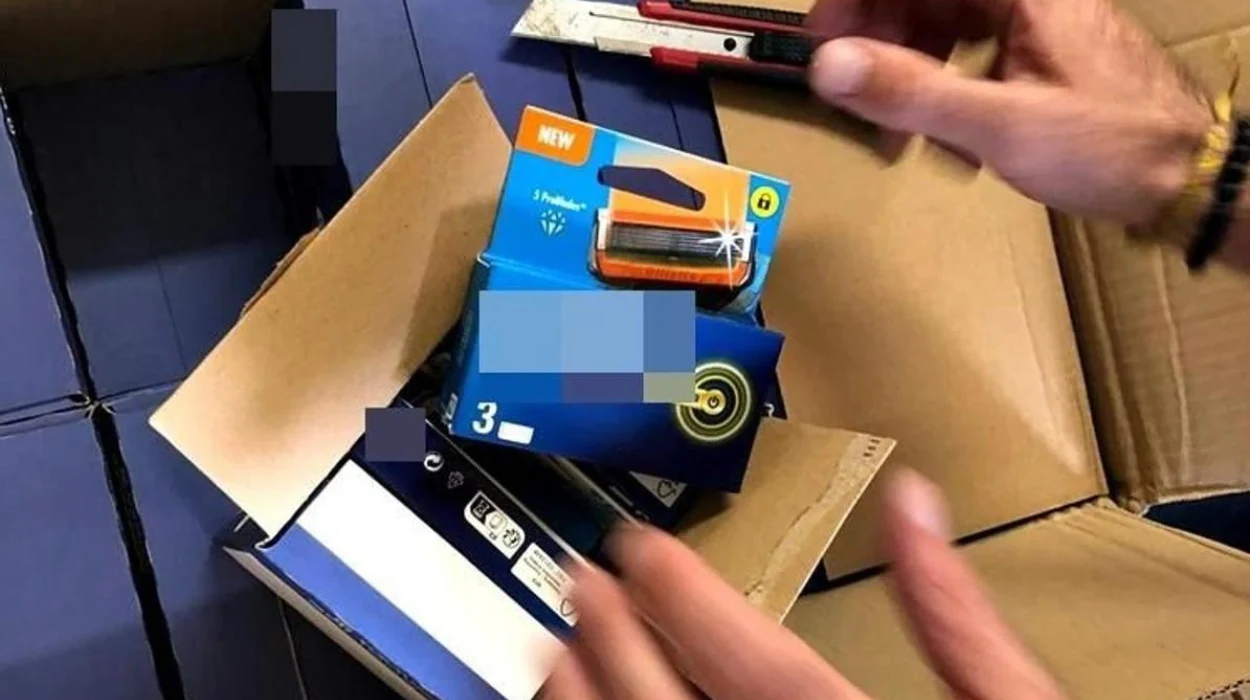Brussels (The Brussels Morning Newspaper) – Around 900.000 counterfeit razor blades were captured in a joint operation by the European Anti-Fraud Office and Spanish and Italian authorities.
How did the joint operation uncover counterfeit razor blades?
The European Anti-Fraud Office (OLAF) has partaken in a joint operation with the Spanish National Police, the Spanish Tax Agency Customs Surveillance and the Italian Guardia di Finanza, where around 900.000 counterfeit razor blades of very well-known labels have been captured in several EU countries. The process has also led to the detention of seven individuals in Spain and Italy and has included eight invasions on the criminal network premises in both countries.
Just in Spain, around 290.000 counterfeit razor blades have been taken, with a market value of over one million euros. Within this same inquiry, a total of 644.240 counterfeit razor blades have been thwarted in other EU countries (Germany, the Netherlands, Greece, and Italy).
How did the criminal network smuggle counterfeit goods into the EU?
OLAF’s investigation started after receiving intelligence about an organisation implicated in introducing counterfeit razor cutters into the EU from China. OLAF tracked the suspect shipments, identifying the recipient businesses across the EU and announced the involved countries, coordinating the investigations connected to this case. From that point, OLAF, Spain’s Tax Agency Customs Surveillance, Spain’s National Police, and Italy’s Guardia di Finanza joined forces to perform the investigation together.
How did OLAF track the counterfeit shipments from China?
The criminal network’s modus operandi was to buy counterfeit products from a Chinese supplier via bank transfers from Spain or Italy, showing the transactions as legitimate commercial functions. The goods were then shipped by the Chinese exporter to storage units leased by the criminal network, utilising intermediary companies as recipients.
Upon arrival at the storage departments, the counterfeit goods were allocated to wholesalers in Spain and Italy, who traded the goods as genuine products. Consequently, the counterfeit things reached final consumers through retail shops, where their exterior appearance made them unnoticeable from genuine brand products.
The criminal activities of criminal organisations like the one analysed in this operation harm the internal EU market. They negatively affect legitimate manufacturers of genuine brands via unfair competition and loss of business income due to the distribution of counterfeit products. Faked goods also pose a serious risk to consumers, as their exhibition process does not stick to safety standards.



